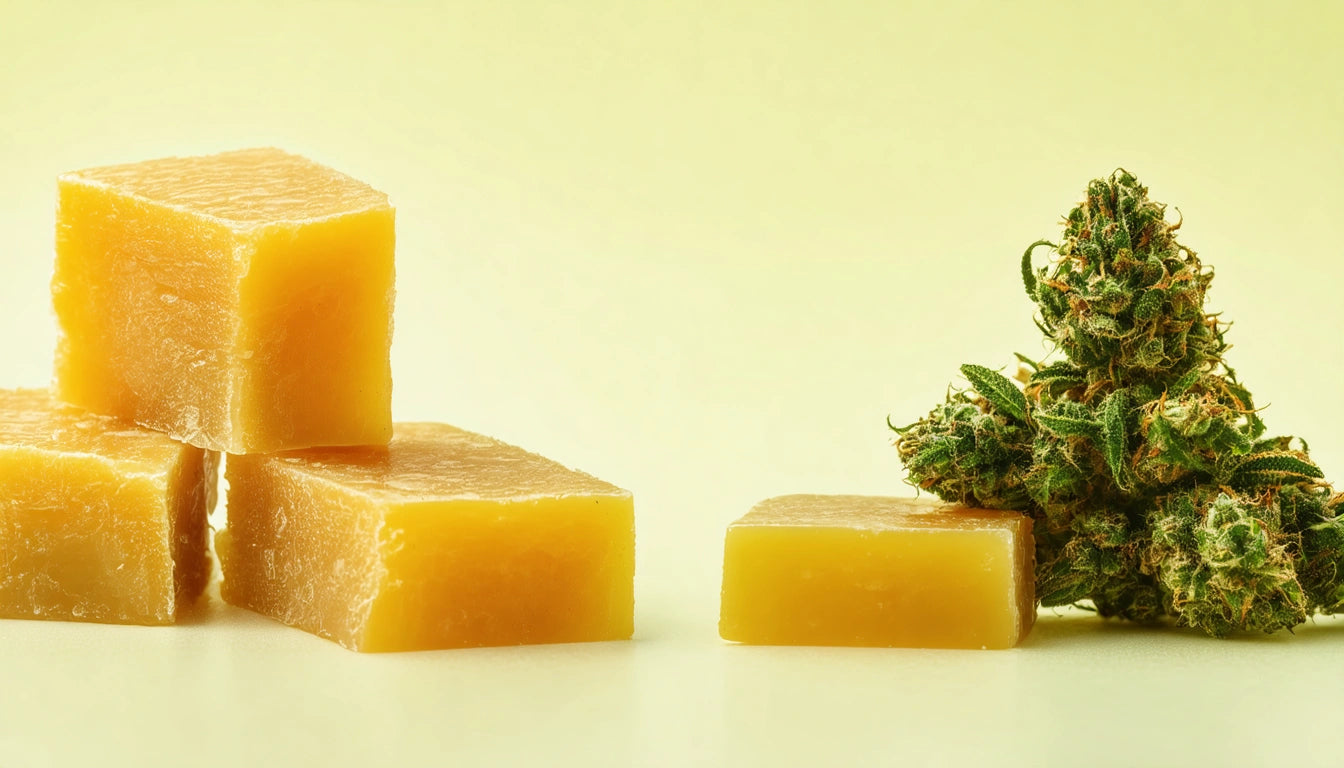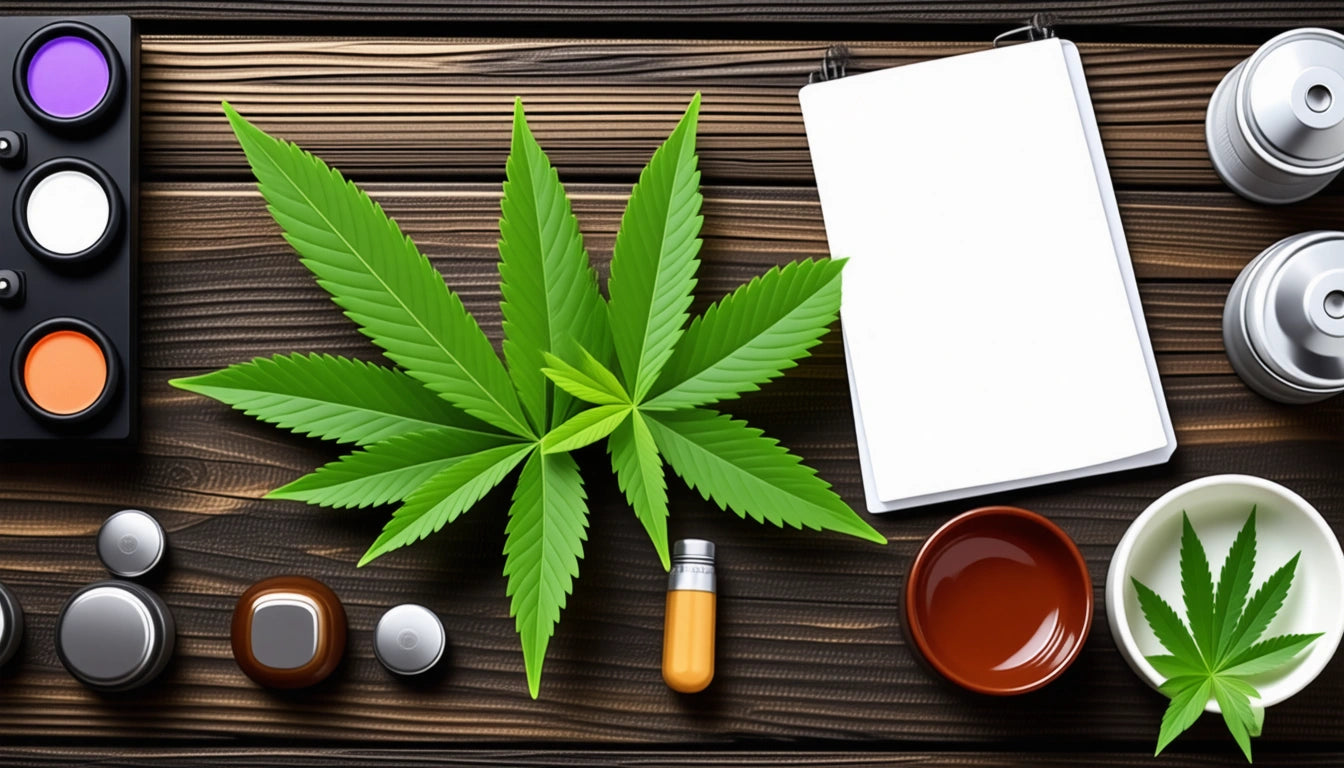Table of Contents
- Understanding Cannabis Concentrates
- Budder Characteristics: Creamy Consistency and Potent Effects
- Batter vs Budder: Subtle Differences in Texture and Production
- Rosin: The Solventless Alternative
- Comparing Extraction Methods and Safety Considerations
- Consumption Methods for Different Concentrate Types
- Storage and Packaging Recommendations for Concentrates
Comparing Cannabis Concentrates: Budder, Batter, and Rosin Explained
Cannabis concentrates have revolutionized consumption methods by offering higher potency and diverse textures. Among these, budder, batter (sometimes called badder), and rosin represent some of the most popular options available to consumers. Understanding the differences between these concentrates helps both retailers and consumers make informed decisions about products that best suit their needs and preferences.
Understanding Cannabis Concentrates
Cannabis concentrates are extracted products that contain concentrated cannabinoids and terpenes from the cannabis plant. These products typically contain 60-90% THC, compared to flower which averages 15-25%. Their high potency makes proper packaging and labeling crucial for consumer safety.
According to this comprehensive guide on concentrate differences, texture and consistency are the primary distinguishing factors between various concentrate types. While chemically similar, the physical properties of budder, batter, and rosin create different user experiences.
Budder Characteristics: Creamy Consistency and Potent Effects
Budder is known for its creamy, butter-like consistency that makes it easy to work with for dabbing. It's created through a whipping process during extraction that incorporates air into the concentrate, creating its signature texture.
Key Properties of Budder:
- Smooth, creamy consistency similar to actual butter
- Typically gold to amber in color
- Easy to manipulate with dab tools
- Usually contains 70-90% THC
- Preserves more terpenes than harder concentrates
This guide on making budder explains that temperature control during production is critical to achieving the perfect consistency without degrading cannabinoids.
Batter vs Budder: Subtle Differences in Texture and Production
The terms "batter" and "badder" are often used interchangeably in the cannabis industry. When comparing budder vs batter, the distinction comes down to minor differences in consistency and production techniques.
Batter/Badder Characteristics:
- Slightly more viscous than budder
- Cake batter-like consistency
- Less aeration during the whipping process
- Often more glistening or wet-looking
- Similar cannabinoid profiles to budder
As detailed in this comparison of cannabis concentrates, the budder vs badder distinction sometimes comes down to regional naming conventions rather than strict production differences.
Rosin: The Solventless Alternative
When comparing budder vs rosin, the most significant difference is in the extraction method. Rosin is produced without chemical solvents, using only heat and pressure to extract cannabinoids and terpenes from cannabis flower, hash, or kief.
Rosin Advantages:
- Solventless extraction (no butane, propane, or CO2)
- Full-spectrum cannabinoid and terpene profile
- Considered more natural by many consumers
- Can be produced safely without commercial equipment
- Typically commands higher market prices
Rosin's growing popularity stems from consumer demand for solventless products and its reputation for preserving the plant's natural flavor profile.
Comparing Extraction Methods and Safety Considerations
The extraction methods for these concentrates differ significantly:
Budder and Batter/Badder: Typically produced using hydrocarbon extraction (butane or propane), followed by purging and whipping processes. The final product must be properly tested to ensure all solvents have been removed.
Rosin: Produced using only heat and pressure, eliminating concerns about residual solvents. This makes home production safer, though commercial operations still require proper safety protocols.
Safety concerns extend beyond production to consumer handling. Proper safety packaging requirements are essential for all cannabis concentrates due to their high potency, particularly to prevent accidental ingestion by children.
Consumption Methods for Different Concentrate Types
Each concentrate type lends itself to specific consumption methods:
Preferred Methods for Budder and Batter:
- Dabbing with an e-nail or traditional dab rig
- Loading into concentrate vaporizers
- Adding to flower in a bowl or joint ("topping")
Preferred Methods for Rosin:
- Low-temperature dabbing to preserve terpenes
- Cold-start dabbing techniques
- Premium vaporizers with precise temperature control
This guide on smoking methods provides additional details on optimal consumption techniques for various concentrates.
Storage and Packaging Recommendations for Concentrates
Proper storage is essential to maintain the quality of cannabis concentrates. All three varieties benefit from cool, dark environments to preserve terpenes and prevent degradation. Glass containers are preferred over silicone for long-term storage, as terpenes can leach into silicone over time.
For commercial packaging, concentrates require:
- Child-resistant containers to prevent accidental ingestion
- Airtight seals to preserve freshness and prevent terpene loss
- UV protection to prevent cannabinoid degradation
- Proper labeling with potency information and consumption guidance
- Compliance with state-specific packaging regulations
When considering the safety aspects of cannabis concentrate packaging, it's worth noting that regulatory bodies have implemented strict guidelines similar to those for other potentially harmful substances. These regulations ensure that cannabis products are stored in containers that are difficult for young children to open while remaining accessible to adults, particularly those with medical needs.
Whether you prefer the creamy consistency of budder, the cake-batter texture of badder, or the solventless purity of rosin, understanding these concentrates helps consumers make informed choices based on their preferences for potency, flavor, and consumption methods.











Leave a comment
All comments are moderated before being published.
This site is protected by hCaptcha and the hCaptcha Privacy Policy and Terms of Service apply.